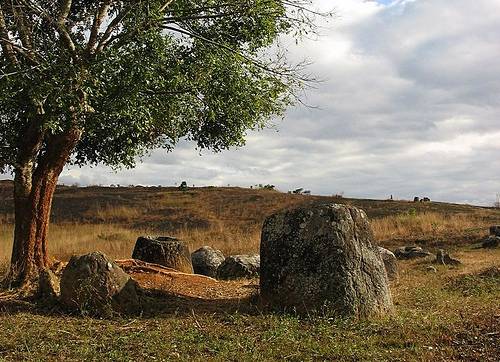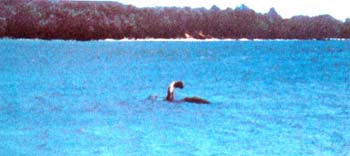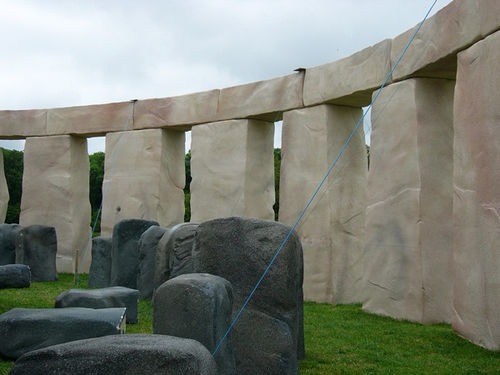Edgar Allan Poe was fascinated by cryptograms. He once offered a free magazine subscription to any reader who could stump him, and he claimed to have solved all 100 ciphers that were sent in.
That mania ultimately created a mystery that lasted 150 years after the writer’s death. In 1840 Poe published two ciphers sent in by a “Mr. W.B. Tyler” and challenged readers to solve them. No readers succeeded, and in fact the first cipher wasn’t cracked until 1992, when University of Illinois English professor Terence Whalen decoded a passage from Joseph Addison’s 1713 play Cato.
The second puzzle was even harder, a polyalphabetic substitution cipher using several different symbols for each English letter — and containing several mistakes. It was finally solved in 2000 by Toronto software engineer Gil Broza:
It was early spring, warm and sultry glowed the afternoon. The very breezes seemed to share the delicious langour of universal nature, are laden the various and mingled perfumes of the rose and the –essaerne (?), the woodbine and its wildflower. They slowly wafted their fragrant offering to the open window where sat the lovers. The ardent sun shoot fell upon her blushing face and its gentle beauty was more like the creation of romance or the fair inspiration of a dream than the actual reality on earth. Tenderly her lover gazed upon her as the clusterous ringlets were edged (?) by amorous and sportive zephyrs and when he perceived (?) the rude intrusion of the sunlight he sprang to draw the curtain but softly she stayed him. “No, no, dear Charles,” she softly said, “much rather you’ld I have a little sun than no air at all.”
Probably it’s a quote from a novel of the time.
Interestingly, some scholars think Poe himself composed the ciphers, as city directories show no W.B. Tyler in that period. We’ll never know for sure, but Poe himself once wrote:
Ye who read are still among the living; but I who write shall have long since gone my way into the region of shadows. For indeed strange things shall happen, and secret things be known, and many centuries shall pass away, ere these memorials be seen of men. And, when seen, there will be some to disbelieve, and some to doubt, and yet a few who will find much to ponder upon in the characters here graven with a stylus of iron.




